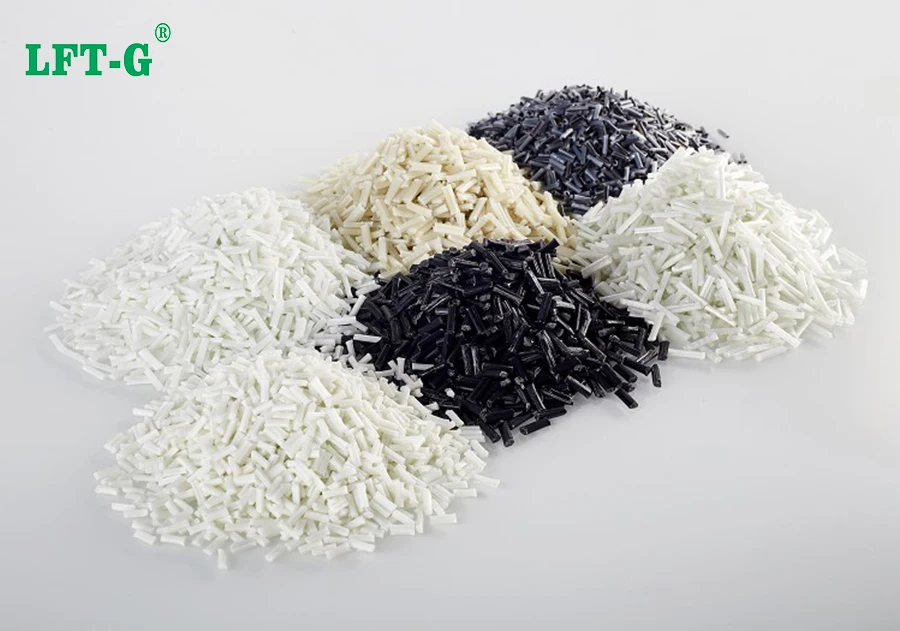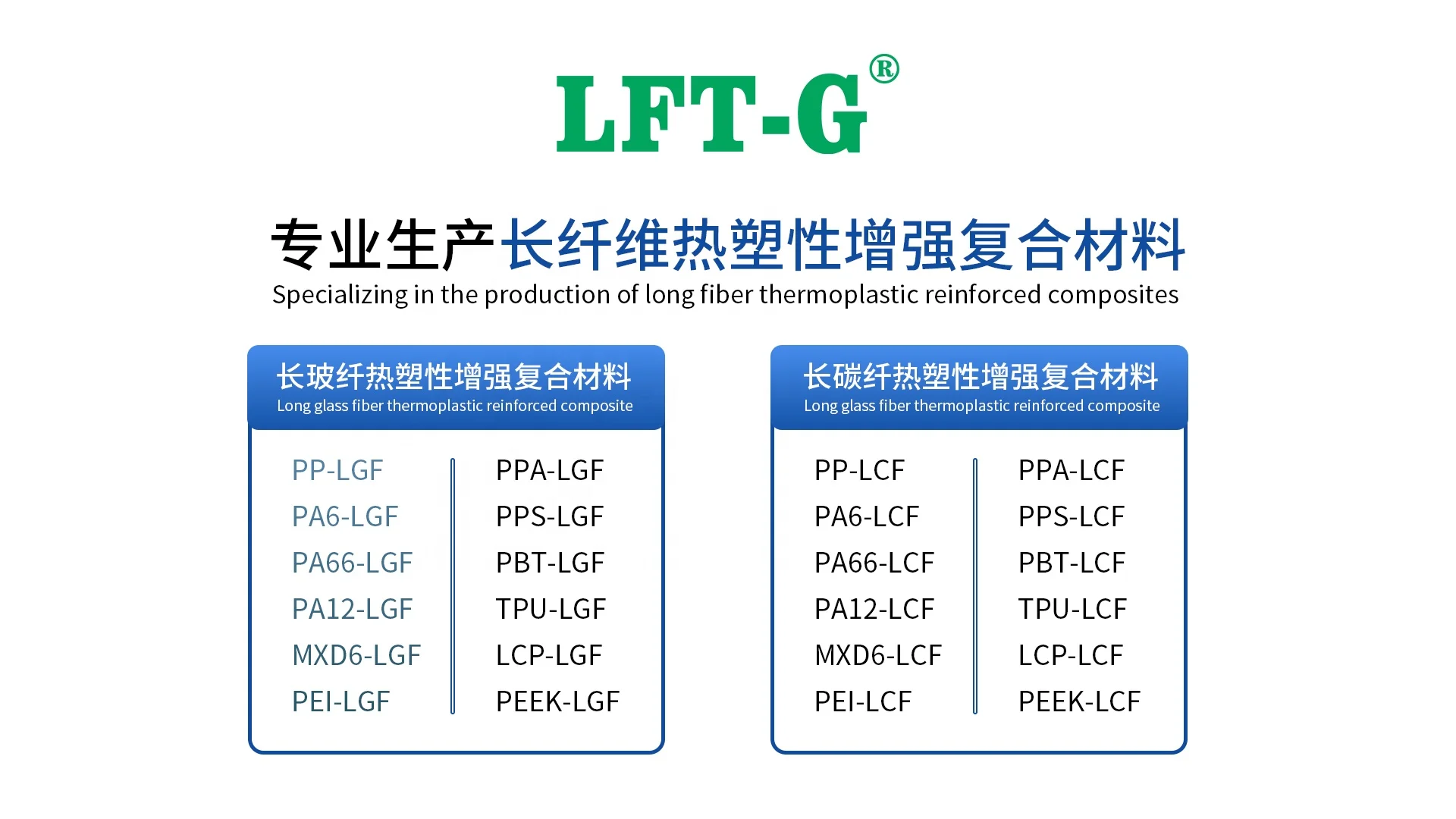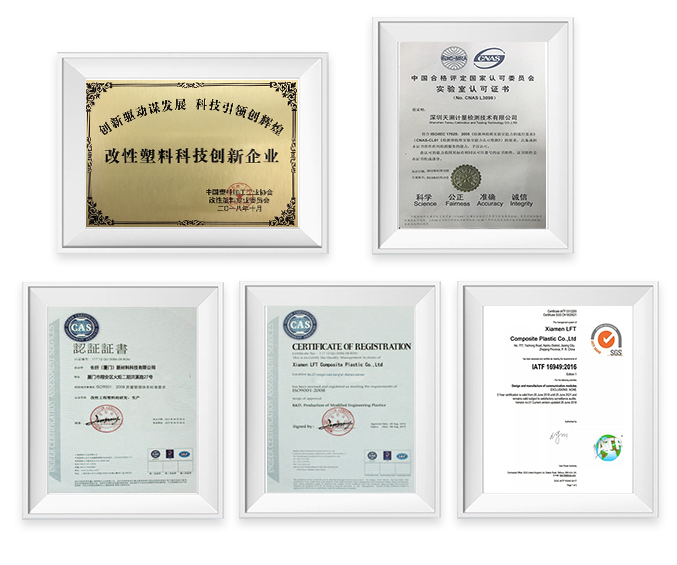
With the continuous advancements in materials science, thermoplastic composites, known for their lightweight, high strength, and corrosion resistance, are gradually becoming the material of choice in numerous industries. This article will delve into these characteristics of thermoplastic composites and analyze their popular applications across various fields.

Characteristics of Thermoplastic Composites
Lightweight: Thermoplastic composites are composed of thermoplastic resin and reinforcing fibers (such as carbon fiber and glass fiber), resulting in low density and lightweight properties. This characteristic makes them highly beneficial in industries like aerospace and automotive manufacturing, where reducing product weight enhances energy efficiency and overall performance.
High Strength: With fiber reinforcement, thermoplastic composites exhibit excellent mechanical properties, capable of withstanding significant tensile, compressive, and bending loads. This high-strength characteristic makes them particularly advantageous for structural components and load-bearing parts.
Corrosion Resistance: Thermoplastic resins possess excellent chemical stability, effectively resisting corrosion from acids, alkalis, salts, and other corrosive media. This feature makes thermoplastic composites widely applicable in marine engineering, chemical equipment, and other demanding environments.

Popular Applications of Thermoplastic Composites
Aerospace: In the aerospace industry, lightweight materials are crucial for improving aircraft performance. Thermoplastic composites, with their lightweight and high-strength characteristics, are widely used in aircraft structural components, interior parts, and engine components. Companies like Boeing and Airbus have incorporated thermoplastic composites into their aircraft manufacturing to reduce weight and enhance fuel efficiency.
Automotive Manufacturing: With the increasing trend of vehicle lightweighting, thermoplastic composites are being extensively applied in automotive production. They are used for manufacturing body structures, bumpers, seat frames, and other components, helping to reduce vehicle weight while improving fuel economy and safety.
Marine Engineering: The complex and variable marine environment imposes strict requirements on materials’ corrosion resistance. Thanks to their superior resistance to corrosion, thermoplastic composites are widely used in structural components of offshore platforms, pipeline systems, and protective coatings.
Chemical Equipment: In the chemical industry, thermoplastic composites are utilized for manufacturing storage tanks, reactors, pipelines, and other chemical equipment. These materials must withstand exposure to various corrosive substances, and thermoplastic composites meet these requirements with their exceptional corrosion resistance.
Sports Equipment: The lightweight and high-strength properties of thermoplastic composites make them ideal for sports equipment manufacturing. Items such as skis, golf clubs, and bicycle frames often use thermoplastic composites to enhance performance and user experience.
Future Prospects
With continuous advancements in technology, the performance of thermoplastic composites will further improve, and their applications will become even more extensive. For instance, advancements in manufacturing processes and fiber reinforcement technology can enhance the strength and toughness of thermoplastic composites. Additionally, incorporating functional fillers can endow these materials with special properties such as flame retardancy, conductivity, and thermal conductivity.
Furthermore, as environmental awareness increases, the recyclability and biodegradability of thermoplastic composites will become key directions for future development.



